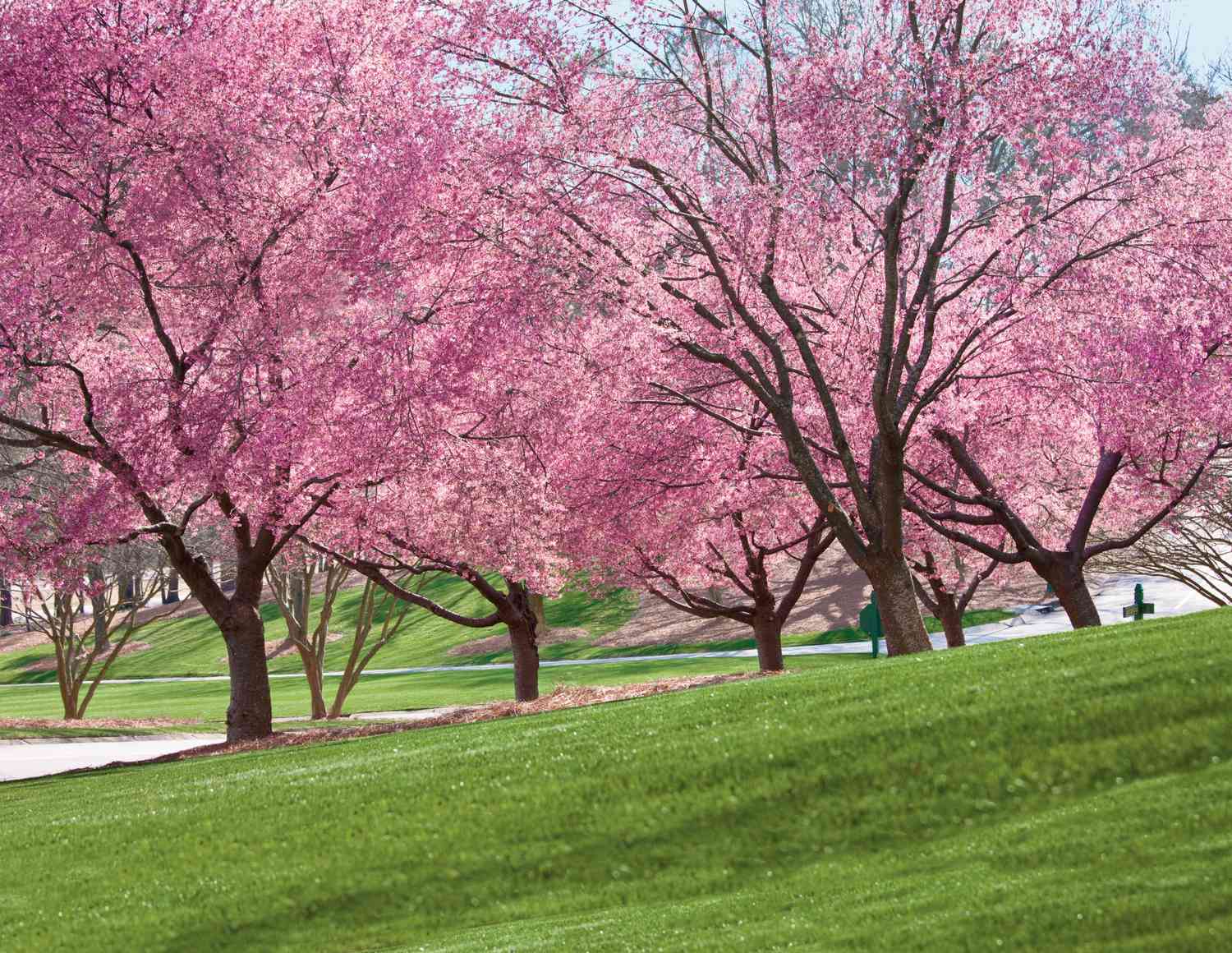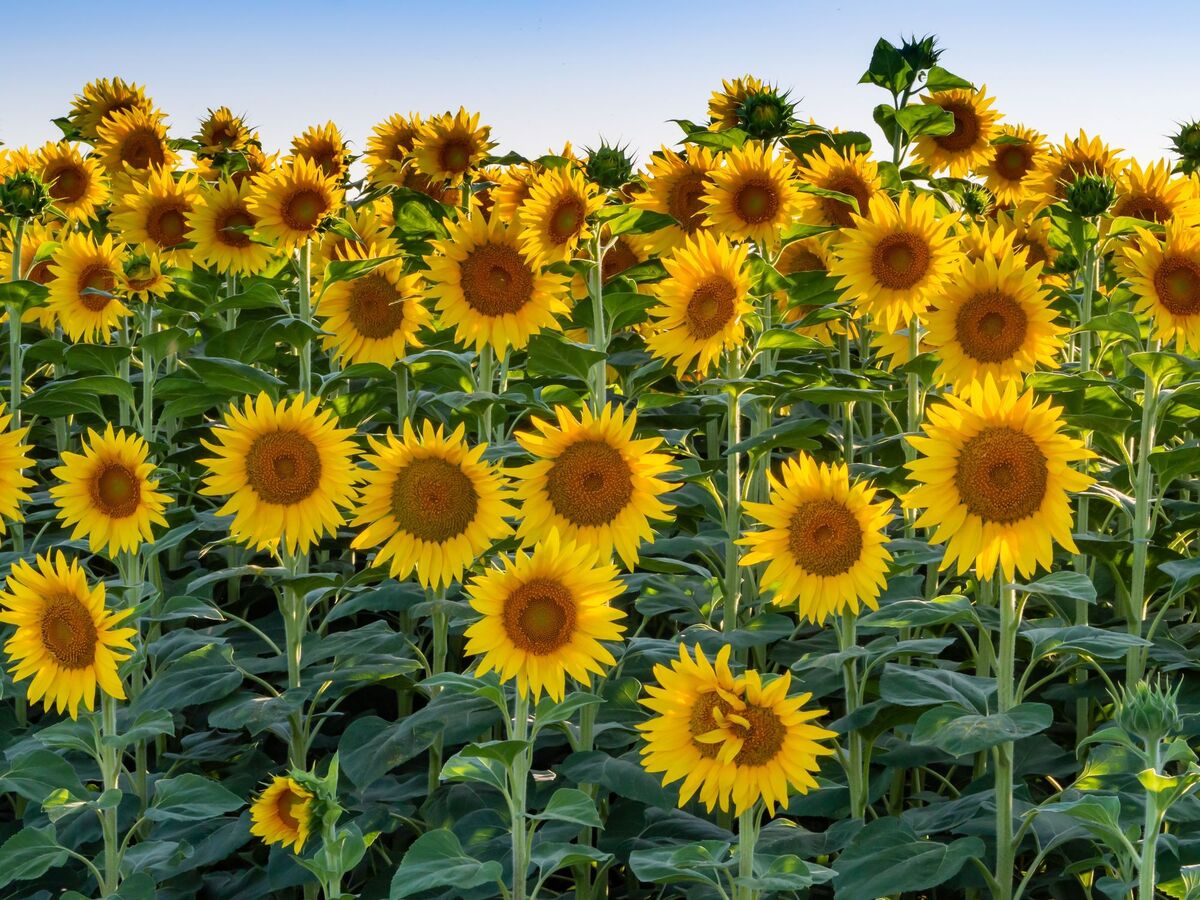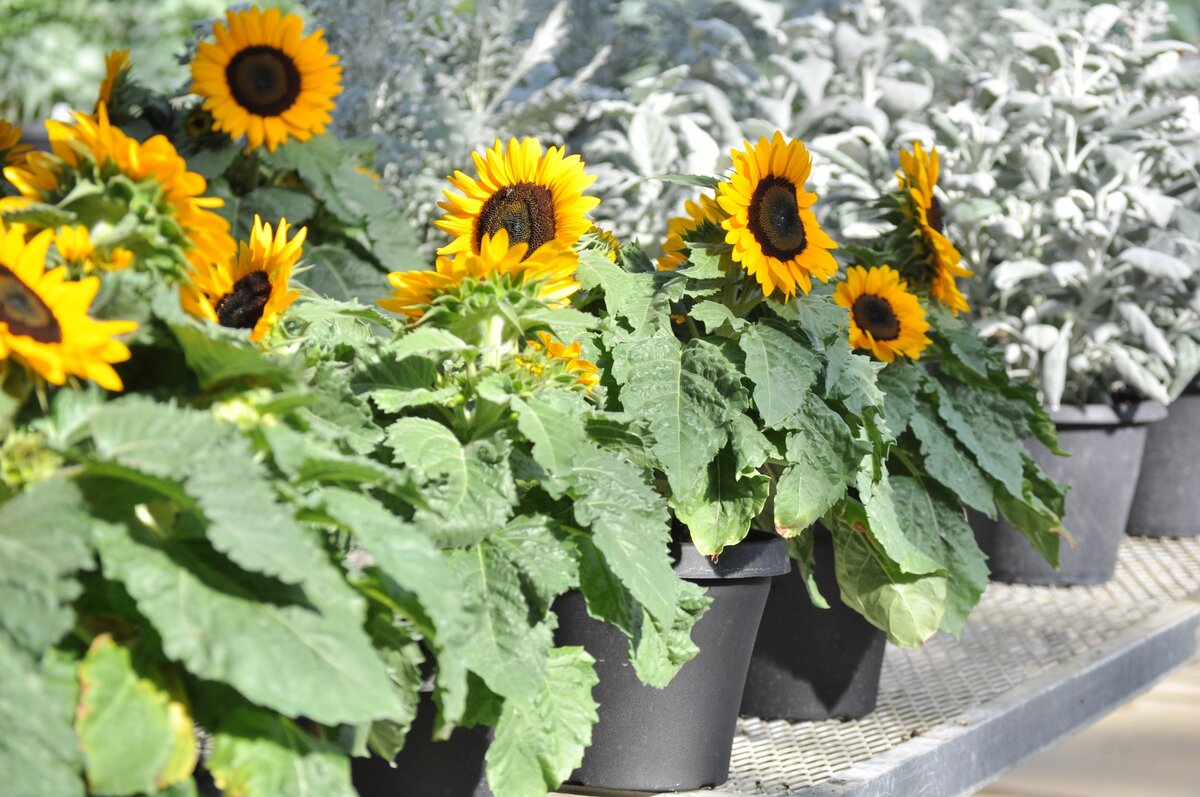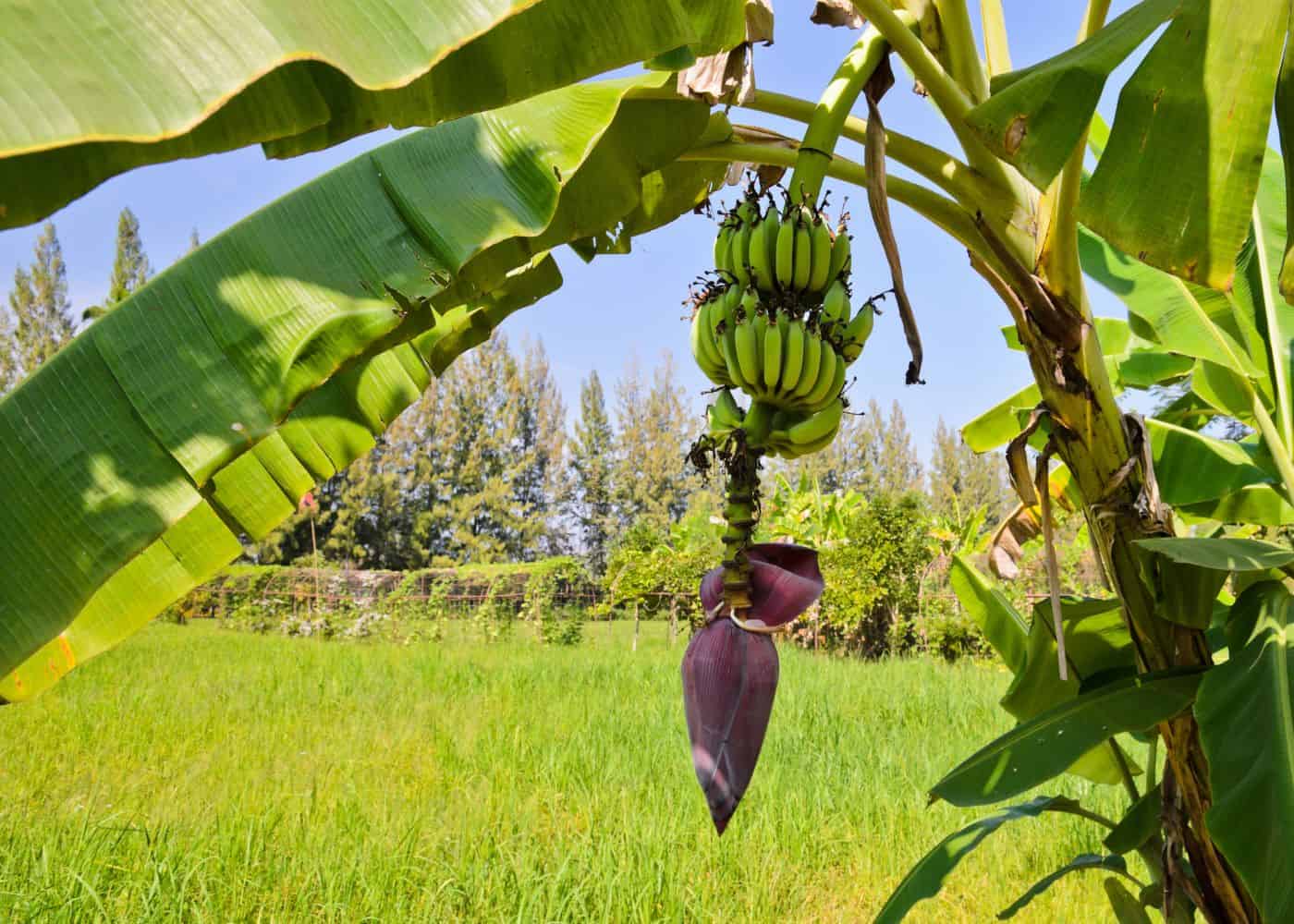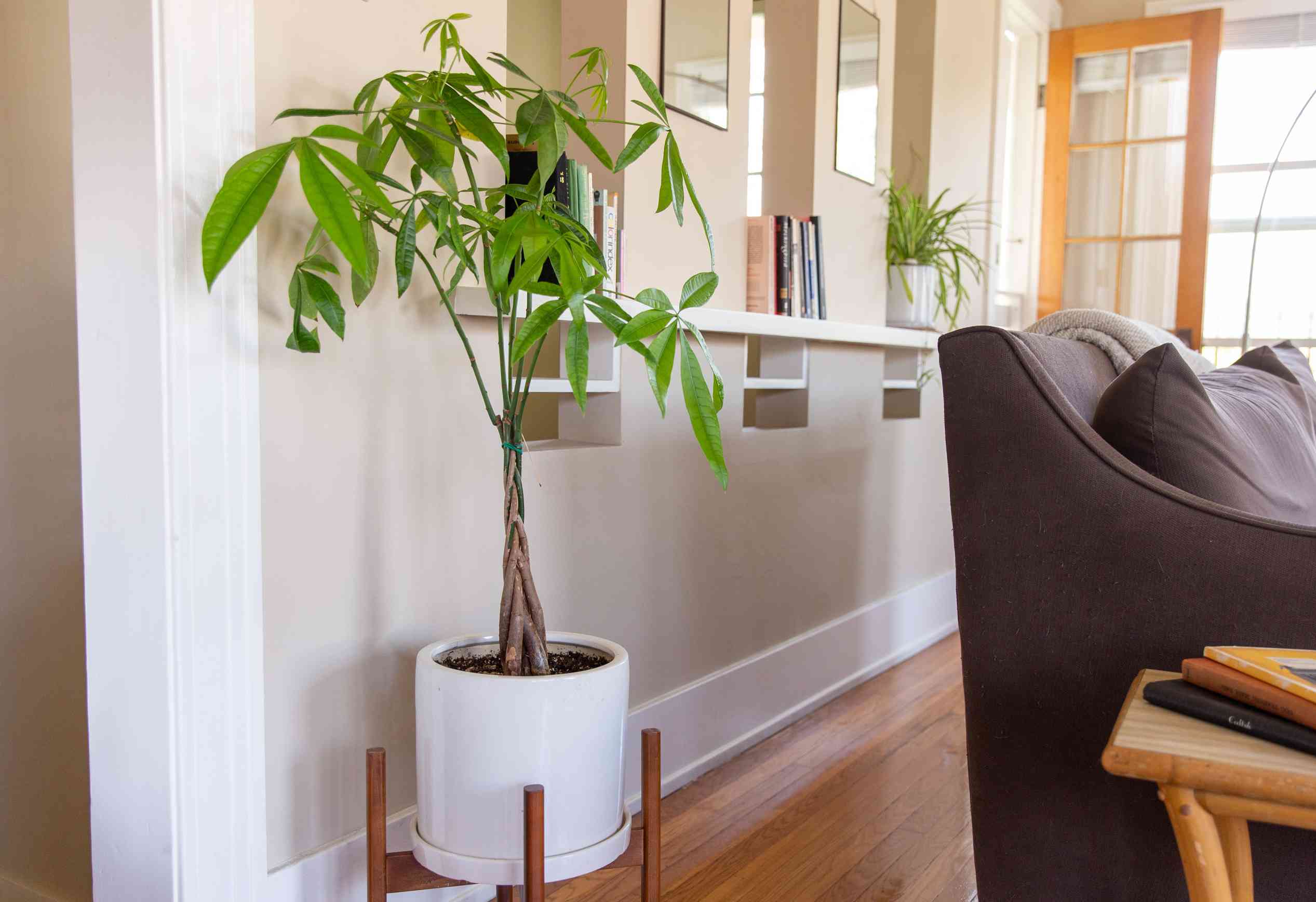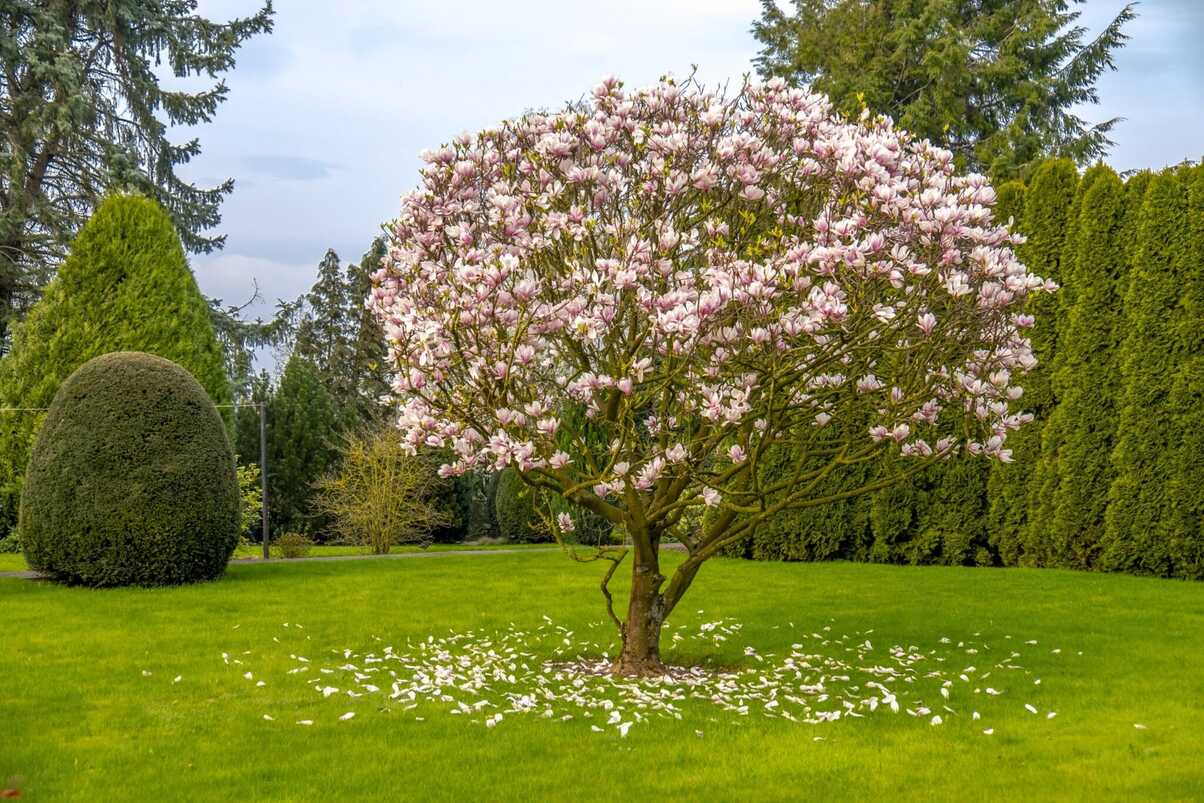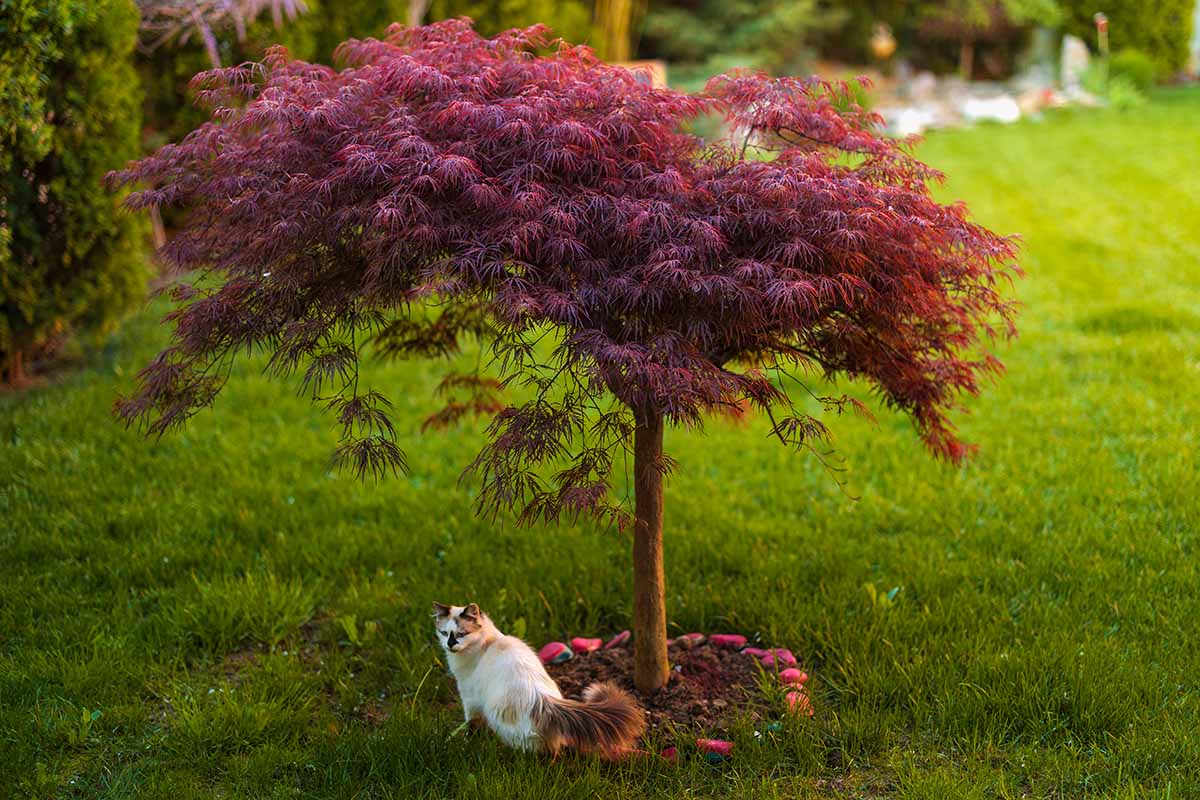Home>Types of Gardening>Edible Gardening>How Tall Do Banana Trees Grow
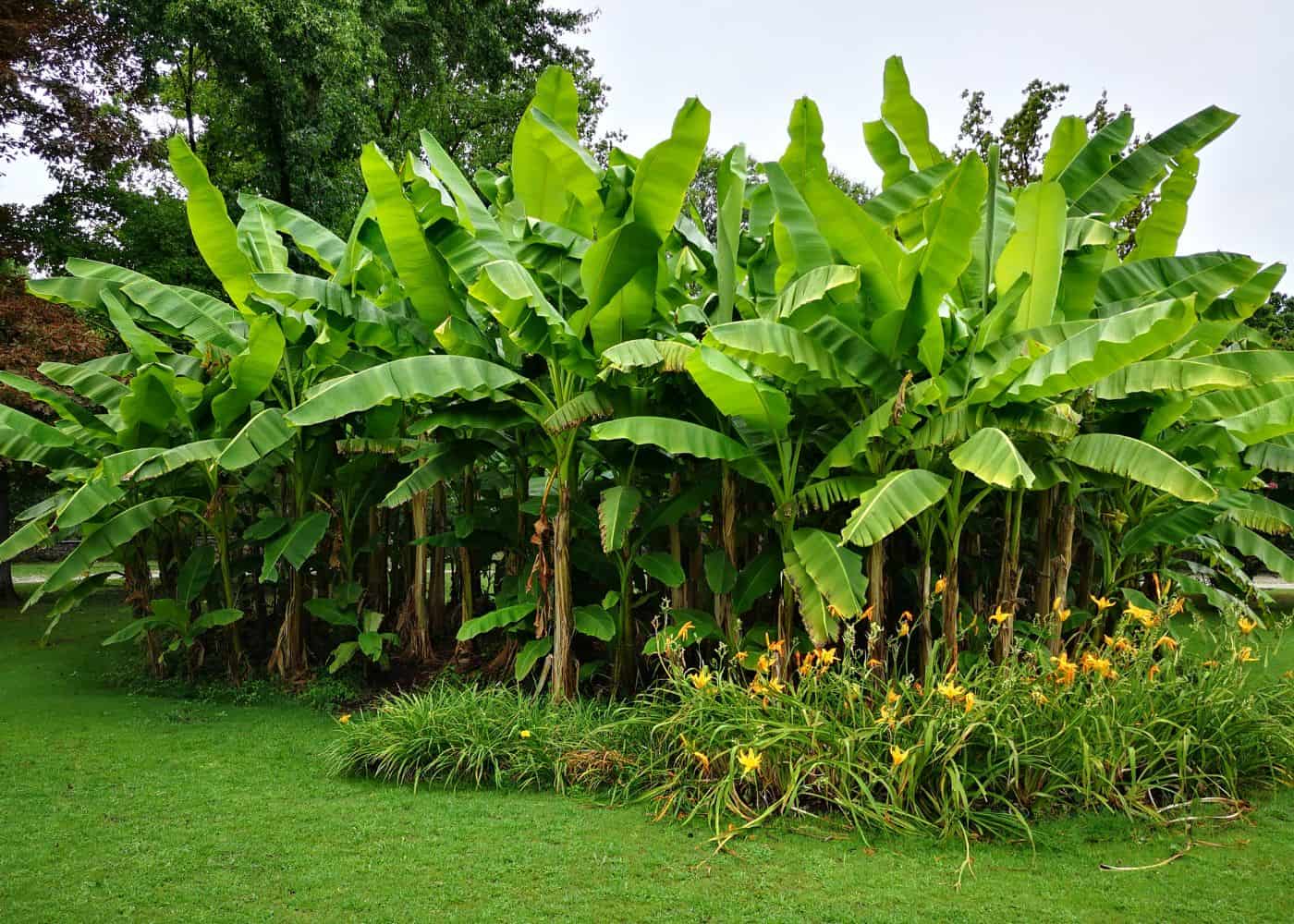

Edible Gardening
How Tall Do Banana Trees Grow
Modified: February 7, 2024
Discover how tall banana trees can grow in your edible garden and learn valuable tips for successful edible gardening.
(Many of the links in this article redirect to a specific reviewed product. Your purchase of these products through affiliate links helps to generate commission for Chicagolandgardening.com, at no extra cost. Learn more)
Table of Contents
Introduction
Welcome to the wonderful world of edible gardening! If you’ve ever dreamed of growing your own food and enjoying the taste of freshly harvested fruits right from your backyard, then you’re in for a treat. In this article, we will explore the fascinating topic of growing banana trees and answer a common question among gardeners: How tall do banana trees grow?
Banana trees are not actually trees, but rather large herbaceous plants that belong to the Musaceae family. They are native to tropical regions and are known for their large, vibrant leaves and delicious fruits. With proper care and the right environmental conditions, banana trees can reach impressive heights, turning your garden into a lush tropical paradise.
Whether you are a seasoned gardener looking to expand your edible garden or a newbie eager to embark on a rewarding gardening journey, understanding the growth potential of banana trees is key to planning and cultivating a successful garden. So let’s dive in and discover the different types of banana trees, the factors that influence their growth, and how to care for them to maximize their height and fruit production.
Types of Banana Trees
Before we delve into the height of banana trees, let’s take a moment to explore the various types that exist. There are numerous banana cultivars available, each with its own unique characteristics and flavors. Here are a few popular types:
- Cavendish: This is one of the most common varieties of bananas found in supermarkets. Cavendish bananas are known for their sweet taste and creamy texture. They are typically medium-sized and can grow up to 10-15 feet in height.
- Plantain: Plantains are a staple food in many tropical regions. Unlike Cavendish bananas, they are not typically eaten raw. Plantain trees are tall and robust, reaching heights of up to 20-25 feet.
- Gros Michel: Once the most popular banana variety, the Gros Michel faced a decline due to Panama disease. However, it is still cultivated in some regions. These bananas are thick-skinned and have a sweet flavor. The Gros Michel trees can reach heights of up to 20-25 feet.
- Red Banana: As the name suggests, red bananas have a reddish skin and a sweeter flavor compared to the yellow Cavendish variety. They are slightly shorter in height, growing up to 8-12 feet.
- Goldfinger: This cultivar is gaining popularity for its resistance to certain diseases. Goldfinger bananas are known for their sweet and tangy taste, and they can grow up to 12-15 feet tall.
These are just a few examples of the wide variety of banana trees available. Each type has its own unique characteristics, flavors, and growth habits. When selecting a specific type for your garden, consider factors such as taste preferences, climate suitability, and available space.
Growth Rate of Banana Trees
Now that we’ve explored the different types of banana trees, let’s discuss their growth rate. Banana trees are known for their rapid growth, which makes them a popular choice for gardeners seeking quick results. Under ideal conditions, banana trees can grow several feet in a single growing season.
The growth rate of banana trees can vary depending on various factors, including the cultivar, climate, soil quality, and care provided. Generally, banana trees can reach an average growth rate of 6 to 10 feet per year. However, in optimal conditions, some banana tree varieties have been known to grow even faster, reaching heights of 15 to 30 feet in just a few years.
It’s important to note that the growth rate of banana trees may slow down as they mature and begin to produce fruit. When a banana tree starts fruiting, it redirects its energy towards fruit production, which can affect its upward growth rate. However, this does not mean that the tree stops growing entirely; it simply shifts its focus to fruit development.
It’s also worth mentioning that the growth rate can be influenced by the care and maintenance provided to the banana trees. Providing them with adequate water, sunlight, nutrients, and regular pruning can promote healthy growth and maximize their potential height.
Additionally, if you live in a region with a shorter growing season or cooler temperatures, the growth rate of your banana trees may be slower compared to regions with longer warm seasons. The ideal temperature range for banana trees is between 75 and 95 degrees Fahrenheit, and they thrive in tropical or subtropical climates where frost is not a concern.
Understanding the growth rate of banana trees is essential for planning your garden space and ensuring that proper care is given at each stage of growth. This knowledge will help you anticipate their height and adjust your gardening practices accordingly.
Factors Affecting the Height of Banana Trees
The height of banana trees can be influenced by various factors. Understanding these factors is crucial for creating an optimal environment that promotes maximum growth. Here are some key factors that can affect the height of banana trees:
- Climate: Banana trees thrive in warm, tropical climates. They require an average temperature range of 75 to 95 degrees Fahrenheit for optimal growth. Cold temperatures, especially frost, can severely damage or even kill banana trees. Therefore, regions with colder climates may limit the potential height of banana trees.
- Soil Quality: The quality and fertility of the soil play a significant role in the height of banana trees. Banana trees prefer well-draining, loamy soil rich in organic matter. The soil should also have a pH level between 5.5 and 7 for optimal growth. Providing nutrient-rich soil helps support vigorous growth and maximizes the height potential of banana trees.
- Watering: Adequate watering is essential for the growth of banana trees. They require regular watering to keep the soil consistently moist, but not waterlogged. Insufficient water can hinder their growth, while overwatering can lead to root rot and other issues. Striking the right balance in watering ensures optimal height development.
- Sunlight: Banana trees require ample sunlight to thrive. They need at least 6 to 8 hours of direct sunlight each day. Insufficient sunlight can result in stunted growth and reduced height. Planting banana trees in a location that receives sufficient sunlight will help them reach their maximum height potential.
- Nutrition: Providing the right nutrients is crucial for the growth of banana trees. They require a balanced fertilizer that is high in potassium, along with other essential micronutrients. Regular fertilization helps promote healthy growth and can contribute to greater height potential.
- Pruning: Pruning is an important technique that can influence the height of banana trees. Removing offshoots and dead leaves helps redirect the tree’s energy towards upward growth. Pruning also allows better air circulation and reduces the risk of disease. Regular and proper pruning can contribute to taller banana trees.
By considering these factors and providing the ideal growing conditions, you can encourage the maximum height potential of your banana trees. Creating a favorable environment that meets their needs will result in healthy, thriving trees that reach their full growth potential.
Maximum Height of Banana Trees
The maximum height that banana trees can reach depends on several factors, including the cultivar, growing conditions, and care provided. On average, banana trees can grow anywhere from 10 to 30 feet in height. However, some exceptional varieties have been recorded to grow even taller.
For example, the towering Musa ingens, also known as the Giant Highland Banana or the Attenborough’s banana, holds the record for the tallest recorded banana tree. It can grow up to a staggering height of 50 feet or more! However, it’s important to note that this particular species is not typically cultivated for fruit production but rather for its ornamental value.
Other banana tree varieties, such as the Plantain and the Gros Michel, can also reach impressive heights of 20 to 25 feet. However, the Cavendish, which is the most commonly grown variety, tends to be shorter, typically reaching heights of 10 to 15 feet.
Additionally, the height of banana trees can be influenced by the growing conditions and care provided. When banana trees receive optimal sunlight, water, nutrients, and are planted in well-draining, fertile soil, they are more likely to reach their maximum height potential. Regular pruning to remove offshoots and dead leaves can also help redirect the tree’s energy towards upward growth, contributing to increased height.
It’s worth mentioning that the height of banana trees may vary depending on the region and climate. In regions with shorter growing seasons or colder temperatures, banana trees may not have enough time or warmth to reach their maximum height. Similarly, adverse weather conditions or pests and diseases can affect growth and hinder the height potential of banana trees.
Overall, the maximum height of banana trees varies depending on genetics, growing conditions, and care provided. By creating ideal conditions and implementing proper gardening practices, you can help your banana trees reach their maximum height potential and enjoy a luscious, tropical landscape.
Cultivating and Caring for Tall Banana Trees
When it comes to cultivating and caring for tall banana trees, there are several key aspects to consider. By providing the necessary attention and following proper care practices, you can ensure the healthy growth and maximization of their height. Here are some tips to help you cultivate and care for your tall banana trees:
- Choose the right cultivar: Select a banana tree variety that is suitable for your climate and available space. Consider factors such as height, flavor, and disease resistance when choosing the cultivar for your garden.
- Planting location: Find a sunny spot in your garden that receives at least 6 to 8 hours of direct sunlight. Ensure that the area has well-draining soil and is sheltered from strong winds.
- Soil preparation: Prepare the soil by incorporating organic matter, such as compost or well-rotted manure, to improve its fertility and drainage. Aim for a slightly acidic to neutral pH level (around 5.5 to 7).
- Watering: Provide regular watering to keep the soil consistently moist, but not waterlogged. Irrigate deeply to ensure the roots receive adequate moisture. However, avoid overwatering, as it can lead to root rot.
- Fertilization: Use a balanced fertilizer that is high in potassium, along with other essential nutrients, to promote healthy growth. Apply the fertilizer every 2-3 months during the growing season according to the package instructions.
- Pruning: Regularly remove offshoots (suckers) that emerge at the base of the plant to prevent overcrowding. Prune dead or damaged leaves to improve air circulation and minimize the risk of diseases.
- Support: As banana trees grow taller, they may require support to prevent toppling. Use stakes or bracing techniques to provide support to the main stem and ensure stability.
- Pest and disease control: Monitor your banana trees regularly for common pests such as aphids or spider mites, as well as diseases like Panama disease or Sigatoka leaf spot. Take appropriate measures to control and prevent infestations or diseases, such as applying organic insecticides or fungicides when necessary.
- Harvesting: Depending on the variety, bananas can take anywhere from 9 to 12 months to mature. Harvest the bunch when the fruits appear fully grown and have a slight yellow color. Cut the bunch carefully, allowing it to ripen further indoors.
By following these cultivation and care practices, you can ensure the healthy growth and maximize the height potential of your tall banana trees. Remember to monitor their progress regularly and adjust your care practices accordingly to maintain their overall health and vitality.
Conclusion
Growing banana trees in your garden can be a rewarding and enjoyable experience. Understanding the factors that contribute to their height, as well as implementing proper cultivation and care practices, will help you maximize their growth potential. Whether you’re aiming to create a tropical oasis or simply want to enjoy the fruits of your labor, following these guidelines will set you on the right path.
From the fascinating variety of banana tree types to the rapid growth rate they exhibit, these plants offer a unique and delightful addition to any edible garden. By selecting the right cultivar, providing optimal growing conditions, and ensuring proper care, you can witness these impressive plants reach their maximum height.
Remember to consider factors like climate, soil quality, watering, sunlight, nutrition, pruning, and pest control when cultivating tall banana trees. These elements play a crucial role in promoting healthy growth and maximizing height potential.
With dedication and attention to detail, you can transform your garden into an oasis filled with lush, towering banana trees. Their vibrant leaves and delectable fruits will add a touch of the tropics to your landscape while providing you with a delightful and flavorful harvest for years to come.
So, dive into the world of growing banana trees, unleash your green thumb, and enjoy the journey of cultivating these magnificent, tall plants in your very own garden.
